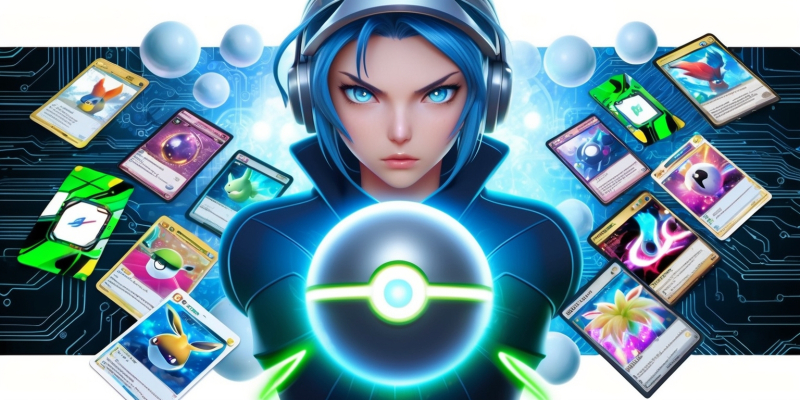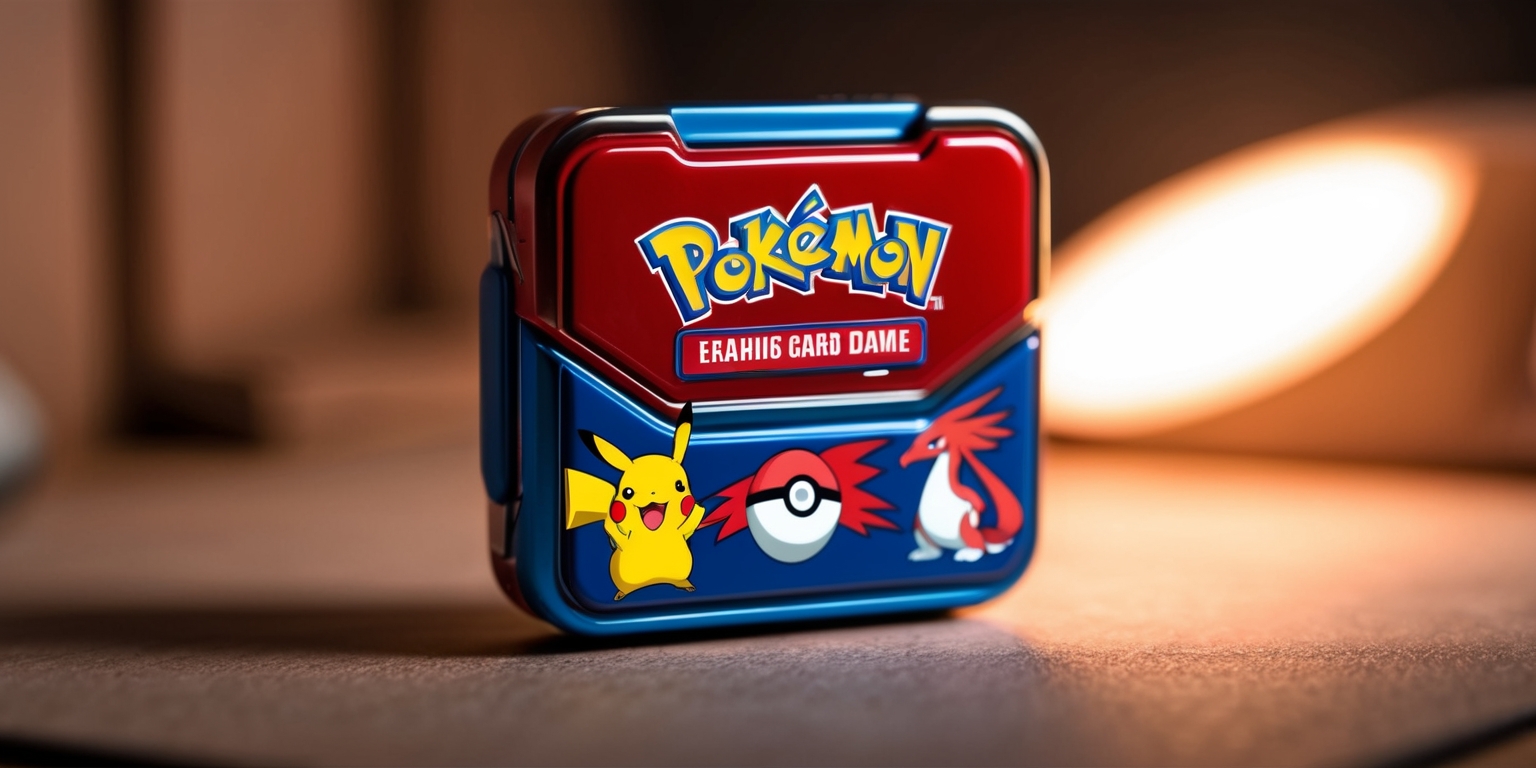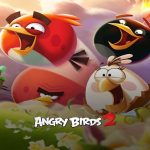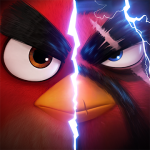Strategic Evolution: Navigating the New Era of Card Trading in Pokémon TCG Pocket
2025-05-17

The evolution of gameplay mechanics in Pokémon Trading Card Game Pocket has introduced a new era of exchanging cards that promises both excitement and complexity. The game has integrated a fresh trading feature that allows players to connect with their friends through dynamic card swaps. This upgraded system not only endorses social interaction but also challenges players with considerations like card rarity, consumable currencies, and stamina management. As a result, trading not only becomes a method for enhancing your deck but also an intricate part of the overall in-game experience. The interface has been crafted with simplicity and intuitiveness in mind for an optimal user experience yet layered with complexities that require strategizing, making every trade a thought-out decision that affects your progress and collection buildup.
Unlocking the New Trading Experience
The new trading feature in Pokémon TCG Pocket has revolutionized the way players exchange cards with their trusted friends. With the update to version 1.1.0 or later, users gain access to an intuitive trade interface nested within the Social Hub. Here, the process begins by selecting the trade option and choosing a friend from your network, a step that is streamlined for convenience without sacrificing functionality. Players must adhere to a rule where the rarity of the card being traded must match that of the card the other party wishes to offer. This twist on traditional trading mechanics ensures a balanced exchange, maintaining the value and significance of each card. The integration of a stamina element adds another strategic layer, pushing players to plan their trades and resource usage carefully.
Exploring the Social Hub Interface
At the heart of Pokémon TCG Pocket’s trading functionality is the Social Hub, a dedicated space designed for seamless card interactions. Once players update the application, accessing this section is straightforward through the main menu, where a distinct middle icon leads directly to the hub. Within this environment, users can initiate trades, monitor active transactions, and even terminate an ongoing exchange if necessary. The interface is visually appealing and operationally efficient, Empowering both novice and veteran players to chart their own course with ease. By centralizing all trade-related activities, the Social Hub simplifies the process of managing friend connections, sending trade requests, and keeping track of pending communications. This integration ensures that the trading experience is as engaging as it is practical, reinforcing the social aspect of the game.
Managing Card Rarity and Exchange Protocols
The trading system is intricately tied to the rarity of the collected cards, creating a structure where matching for equal levels of rarity is essential. Players aiming to swap a precious card must offer one of identical classification, thereby preserving fairness in the exchange system. This parallel replacement mechanism demands careful curation of one’s collection. Cards available for trade are categorized across several rarity classifications, where cards in the lower tiers are typically more common accessible while higher-tier ones require extra consumable items known as Trade Tokens. The necessity of pairing the correct rarity is more than a strategic choice—it’s a rule that reinforces the principle of balance, fostering an environment where every trade is both a risk and an opportunity. It reinforces the need for meticulous planning and highlights how collecting rarity is a key facet of gameplay.
Implementing Stamina and Trade Consumables

Among the most standout features of this… trading system is the inclusion of Trade Stamina and exclusive consumable items like Trade Tokens. Each trade initiates a consumption of one unit of Trade Stamina, and these can be naturally recharged over a 24-hour period. This design choice forces players to carefully moderate their trading activities over time. For those seeking to speed up the process, the game provides additional items—Trade Hourglasses and Poké Gold—to expedite stamina recovery. Simultaneously, for trades involving higher rarity cards, players must supply Trade Tokens to confirm the swap. These tokens are not merely supplemental; they are integral to maintaining the balance of the transaction system. The deliberate resource management approach pushes players to weigh their options, making every trade a meaningful investment in their overall deck progress.
Steps for Initiating the Card Swap Process
Initiating a trade in Pokémon TCG Pocket involves a series of user-friendly, yet deliberate steps. After entering the Social Hub and selecting the designated trade feature, players are prompted to choose a friend from their pre-approved list for the exchange. Once a friend is selected, the system immediately presents options to list the card for exchange. Here, the player is required to choose a card from a filtered display sorted by essential attributes like card rarity and type. For cards of lower rarity, this process is direct, while trading rarer cards demands the utilization of extra Trade Tokens. After confirming the card selection by pressing the designated confirmation button, the request is sent off and the system awaits a reply. Notifications prompt users when their friend has responded, making the interaction timely and fluid in the real-time game environment.
Accepting Incoming Trade Requests
For players bearing the brunt of a trade offer, the process is equally refined, ensuring clarity and ease of navigation. Once notified about a new trade request, users are encouraged to visit the Trade page within the Social Hub, where the incoming offer is displayed clearly. At this stage, the recipient has the option to either accept or decline the trade request. Accepting a trade involves selecting a card from one’s collection that matches the rarity of the incoming offering, thereby enabling a fair exchange. The The platform has been engineered to simplify this workflow, thereby guaranteeing seamless execution that selecting a matching card and confirming the choice is intuitive. Such a method upholds the fairness embedded in the trade mechanics while also maintaining the pace and fluidity of the overall experience, highlighting the game’s attention to detail in transactional integrity.
Gathering and Utilizing Trade Tokens
Trade Tokens function as the in-game currency necessary for high-rarity card exchanges, fostering a self-sustaining ecosystem of resource management. Players can accumulate these tokens by an ingenious method of cashing in duplicate cards from their collection. By navigating to the 'My Cards' section and filtering for duplicates, the game provides the opportunity to exchange excess cards for Trade Tokens with a simple process. Each card’s rarity level determines how many tokens can be redeemed, pairing the intrinsic value of the collection with the resources needed for coveted trades. Additionally, these tokens may also be available through periodic in-game events, though such events are typically intermittent. This system not only promotes the strategic use of surplus cards but also incentivizes players to maintain a diverse collection while carefully managing their resources in pursuit of higher-level exchanges.
Insight into the Card Transaction Workflow
The card transaction workflow in Pokémon TCG Pocket encapsulates both the excitement and the nuanced challenges of trading in a digital ecosystem. Once a trade is initiated, the exchange process is marked by clear notifications and a series of confirmatory steps that elevate the user’s sense of control. From the initial friend selection to the final confirmation of a swap, each interaction is constructed with the intention of guaranteeing that both parties remain actively engaged. The system’s real-time feedback, such as exclamation-marked notifications, keeps players informed of any developments during the trade sequence. Additionally, the option to cancel a trade mid-process offers an extra level of strategic flexibility. This workflow not only emphasizes user interactivity and fairness but also reinforces the overall immersive experience by making every transaction a deliberate and thoughtful engagement.
Examining the Intersection of Value and Strategy
The trade feature not only enriches the gameplay with social connectivity but also nudges players into a deeper strategic engagement with their collection. The fixed rarity matching rule brings forward an interesting challenge: ensuring that every traded card is both valuable and aligns with the player's overall deck composition. The design encourages a careful appraisal of one’s resources before engaging in a trade, as every decision carries a risk-reward factor. Moreover, the process of exchanging duplicates for tokens introduces an element of resource economy, demanding a balance between preserving precious cards and leveraging less rare ones for strategic gain. This interplay between value and strategy transforms trading from a simple transaction into an intricate part of game progression, where every card has a story and every swap could pivot your deck’s competitive edge.
Addressing Community Discourse and System Complexity
Among players, there is an ongoing discourse regarding the complexity and perceived fairness of the new trade system. Many have raised discussions about how restrictive the structure can be, particularly in relation to selecting return offers in terms of rarity. The necessity to use comparable cards for exchange has fueled debates on whether it disadvantages players who hold an abundance of common cards while elevating the value of rarer ones. Furthermore, the requirement to expend Trade Tokens for high-tier trades has been acknowledged as adding to the game’s overall challenge, although it simultaneously promotes strategic gameplay and resource management. These community viewpoints underscore the evolving nature of the trading system, highlighting a balance between genuine player engagement and the intricacies that make every swap a nuanced decision within the complex economy of the game.






